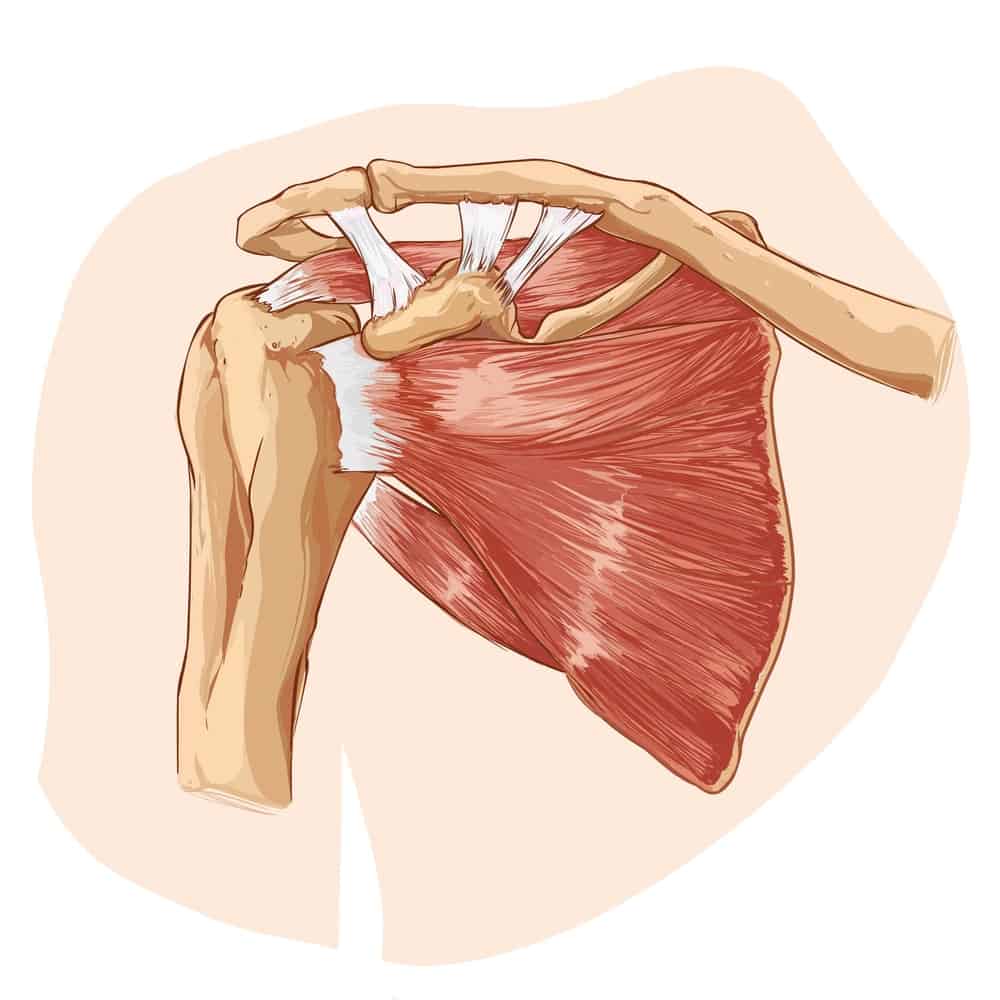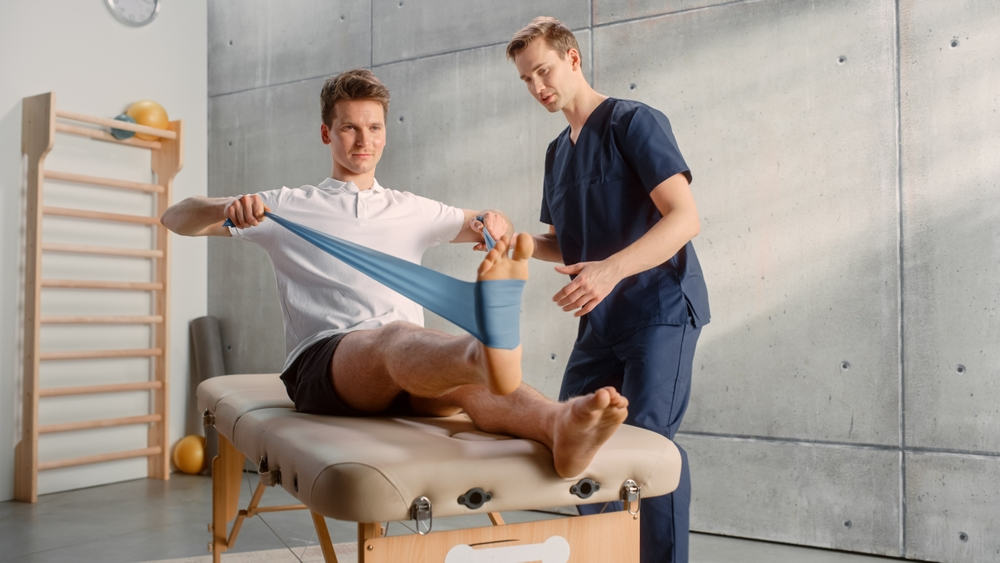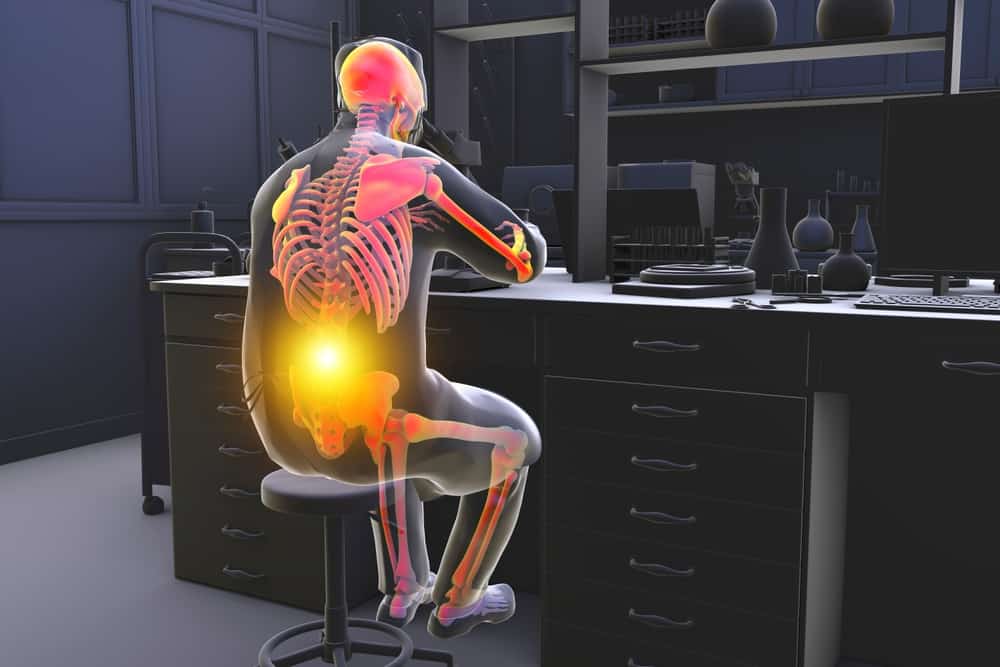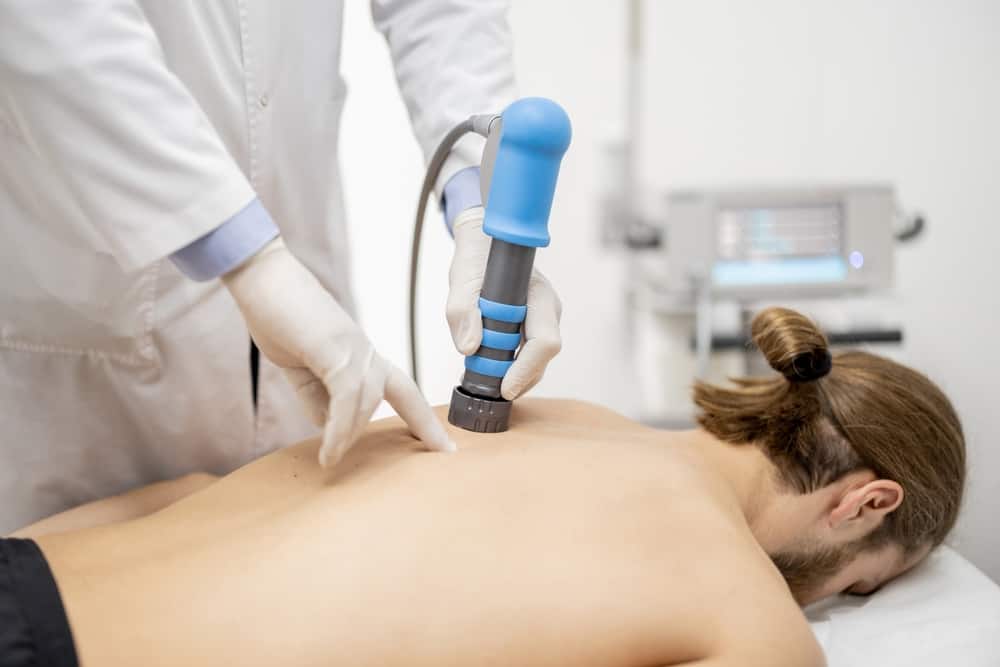MUSCULOSKELETAL PHYSIOTHERAPY
Introduction
Are you one of those people, who dreams of becoming a heavy weight champion but then give up on it because your back hurts or you have problems bending, reaching overhead, pushing and pulling heavy loads at work or cannot maintain a good posture for carrying out some task?
If you answered all these questions with a huge hopeless Yes! Then you have landed in the right place. God has answered you prayers and sent you here because we have got your back!
Approximately 1.71 billion people have musculoskeletal conditions worldwide. Among musculoskeletal disorders, low back pain causes the highest burden with a prevalence of 568 million people. This shows that it is pretty common .But the question is how many people among these figures actually know about physiotherapy and take sessions with a professional physiotherapist for their problem?
The answer will probably not be very encouraging. It is the lack of proper knowledge and awareness that people don’t seek the help of musculoskeletal physiotherapy. Let us enlighten you with the fruits of physiotherapy and help you regain your normal functional living.
What is musculoskeletal physiotherapy?
As the name suggests, musculoskeletal means muscles and bones related physiotherapy. Your musculoskeletal system consists of bones, muscles, tandons, ligaments, nerves, soft tissues and blood vessels. They work together to hold your body’s infrastructure and hold the organs in place.
Physiotherapy helps regain maximum function in muscles that are affected due to some accidents. Musculoskeletal physiotherapy targets those muscles, joints and soft tissues in the body that are injured and have lost their normal function to some disorder or disability. It helps to treat back pain, sciatica, whiplash, knee pain and shoulder pain. Muscular pain can be relieved with physiotherapy.
Sports injuries, joint pain, complex pain conditions such as arthritis and problems after some surgical procedures are examples of issues that musculoskeletal physiotherapy can help treat. If you are suffering from conditions causing muscle and joint pain can be best treated with musculoskeletal physiotherapy.
If you feel like booking an appointment with us, you can contact us for physiotherapy sessions anytime. I promise ! you wont regret it as patients are our first priority and our humble team will look after your needs.

Musculoskeletal Physiotherapy
Conditions
Musculoskeletal physiotherapy can be very useful in treating, these following conditions:
- Ligament sprains
- Pre and post-surgery rehabilitation
- Cartilage tears
- Repetitive strain injury
- Sports or work related injury
- Arthritis
- Fracture rehabilitation
- Knee and hip replacement
- Neck pain
- Back pain
- Muscle strains
All of these conditions severely hinder your growth and activities. Therefore it is highly recommended to go for physiotherapy that will help you eradicate these conditions.
Symptoms
Some of the most common symptoms of the musculoskeletal pain are given below:
- Aching and stiffness
- Muscle twitches.
- Pain that worsens with movement.
- Sleep disturbances.
- Fatigue.
- Burning sensations in the muscles.
- Muscle sore
- Spasm
- Sprain
If you are experiencing more than one symptom from the past few days then you must definitely go and visit a physiotherapist. They may accompany some other secondary characteristics as well. In any case you must visit a musculoskeletal clinic to seek help.
What are the most common causes of musculoskeletal disorders?
Some of the most common causes of the musculoskeletal disorders include:
- Bone fractures
- Poor posture
- Sprains
- Joint dislocation (when something forces a joint out of its proper position)
- Direct blows to muscles, bones or joints.
- Overuse injuries
- Surgeries
- Nerves suppression
- Disc slippingWhen spinal fluid is released into the cavity it also causes pain
It is important to find out the cause first and then devise a treatment plan tailored to your needs. Any good physiotherapist will first analyse your condition and then in the next session will provide you with the plan.
If you want a specified treatment for yourself then this is the right platform for your need and will be our priority and all your physiotherapy exercises will be tailored to your needs.
What does treatment involve?
The physiotherapist will define goals and construct an appropriate rehabilitation plan based on the results of the assessment.The most appropriate therapies will be chosen based on the Musculoskeletal Physiotherapist’s clinical judgment and experience with the findings from the initial examination. Some of the treatments which the musculoskeletal physiotherapist may use can include:
- Manual therapy to improve mobility
A physiotherapist manipulates the soft tissue, muscles, tendons, joints, and/or bones of a relatively passive patient in manual therapy, which is a “hands on” method to assessment and treatment of musculoskeletal diseases.
Osteopathic manipulative treatment (OMT), chiropractic, massage, traction, reflexology, cupping, and acupressure are examples of common manual therapies.
- Hydrotherapy
Aquatic therapy (also known as hydrotherapy) is a type of exercise and rehabilitation that takes place in water. This is a great means of promoting muscle and joint rehabilitation (as well as easing other problems) in a relaxing and weight-supporting environment.
Hydrotherapy, in addition to assisting with movement, can also give pain relief in some individuals. Patients undergoing hydrotherapy do not need to be able to swim (although it would be beneficial to inform your physiotherapist of this in advance).
- Acupuncture:
Acupuncture refers to the insertion of sterile, single-use needles into specific points of the body to help relieve pain and symptoms. Our staff is trained in this area specially to provide the best care that you deserve. This method is especially effective for joint and muscle pain relief.
- Advice on pain management and coping strategies
Exercise is used by physiotherapists to assist patients improve their movement, flexibility, and strength in order to minimise pain in the short and long term. Your physiotherapist will advise you a number of things, exercises and some coping strategies to help you with pain in the long term. They will keep follow up on their patients for this purpose.
- Heat and Cryotherapy
These physiotherapy treatments are simple and effective for a variety of conditions. Your therapist will still take all required measures, as certain treatments may not be appropriate in certain circumstances. They are normally administered for up to 20 minutes, during which time you must remain completely still. Both treatments are simple to perform at home, but they both have the risk of causing burning due to intense heat or cold. It is critical to follow your therapist’s advice in order to avoid this.
- A heated pack or a warm bath are used in heat treatment.
- An ice pack or an ice bath are used in cryotherapy.
- Joint mobilisation and soft tissue techniques
Hands-on therapy for joints and muscles can help relieve pain and allow the body to move more freely. Physiotherapists may combine these strategies with other treatment methods, such as exercise therapy, to assist patients recover faster. It consists of 3 methods:
- Mobilisation
- Manipulation
- Tapping
This is used for joint pain treatment as well.
Goals:
Treatments for musculoskeletal injuries aim to:
- Enhance healing
- Speedy recovery
- Restore normal movement and function
- Increase activity
- Decrease swelling and inflammation
- Increase independence
- Increase strength
- Decrease pain
- Give you normal lifestyle back
- Remove the prime cause
Musculoskeletal Disorders
Musculoskeletal physiotherapy is proven helpful in treating several disorders. These disorders can also be termed as repetitive motion injury, repetitive stress injury and overuse injury. The limitation in usage of these terms is that they only confine the cause of these disorders either declaring stress or tension the culprit.
Following are the disorders related to musculoskeletal system:
- Carpal tunnel syndrome
- Epicondylitis (affects the elbow)
- Muscle strains and low back injuries
- Tendonitis
- Muscle / Tendon strain
- Ligament Sprain
- Tension Neck Syndrome
- Thoracic Outlet Compression
- Radial Tunnel Syndrome
- Digital Neuritis
- Trigger Finger / Thumb
- DeQuervain’s Syndrome
- Mechanical Back Syndrome
- Degenerative Disc Disease
- Ruptured / Herniated Disc,
- Rotator cuff injuries (affects the shoulder)
- and many more.
We can actually help you get your desired results. You are just one call away from booking your very first appointment with us.
Who can benefit from physiotherapy?
People of any age can benefit from physiotherapy. I can help people with prolonged mobility issues. It is beneficial to people with following problems :
- Muscle pain
- Joint pain
- Arthritis
- Back pain
- Spine injuries
- Sports and workplace injuries.
- Osteoporosis
- Even respiratory problem (like cystic fibrosis)
- Knee or hip replacement
Musculoskeletal physiotherapy provided by us is beneficial in many ways alongside these benefits that I have been penning down for you.
Conditions Related to Musculoskeletal
There are certain conditions that affect muscles and joints. They hinder our ability to move to a considerable extent. These are given below:
- Aging:
As time passes by you age and lose bone and muscle mass, which in turn weakens your musculoskeletal system in entirety. This causes pain and stiffness, leading us to not work efficiently.
- Back problems:
Herniated disc and disc slip causes back problems and muscle stiffness. Some conditions, including spinal stenosis and scoliosis, cause structural problems in your back, leading to pain and limited mobility.
- Congenital abnormalities:
Congenital abnormalities, often known as birth defects, can impact the body’s appearance, structure, and function. One of the most frequent musculoskeletal issues among newborns is clubfoot. It makes you stiff and limits your range of motion.
- Cancer:
Bone cancer is one of several cancers that affect the musculoskeletal system. Sarcomas (tumors that form in connective tissue) can cause discomfort and movement issues.
- Arthritis:
Arthritis causes pain, inflammation, and joint stiffness. Osteoarthritis is more common in older individuals as cartilage inside joints wears away, although it can affect people of all ages. Rheumatoid arthritis, ankylosing spondylitis, and gout are all kinds of arthritis that cause joint discomfort and inflammation.
- Injuries:
Bones, cartilage, muscles, and connective tissues can all be injured in a variety of ways. Overuse might cause carpal tunnel syndrome, bursitis, and tendinitis. Accidents and trauma can result in sprains, muscle rips, shattered bones, and damage to tendons, ligaments, and other soft tissues.
- Diseases:
The function of bones, muscles, and connective tissues is affected by a variety of disorders. Bones degrade and die as a result of several diseases, such as osteonecrosis. Fibrous dysplasia and brittle bone disease (osteogenesis imperfecta) are two conditions that cause bones to fracture readily. There are more than 30 different kinds of muscular dystrophy that affect the skeletal muscles (myopathies).
How do you prepare for a physiotherapy appointment?
Before you step into anything it is good for you to first prepare mentally and physically on your part, so that it could save you from any sorts of embarrassments. To prepare for your musculoskeletal physiotherapy first appointment you need to take caste of the following things:
- You should be able to closely observe your symptoms and when they occur, the pain that strikes and with what intensity?
- Then use technology and have some research on what your symptoms relate to and look for its causes and how it can be treated.
- You should also keep in mind what medicines you take and communicate that along with the symptoms you face clearly to your physiotherapist.
- You should have an idea of goals in order to prioritise them in your treatment.
- You should wear loose, easily removable clothes so that if the physiotherapist wants to examine the area easily.
- Never hesitate if you don’t understand, always ask your physiotherapist regarding anything you are not clear about.
- Prepare mentally for your appointment so that you don’t miss out on any important details.
Why Prime Physio Care?
If you have ever been to a musculoskeletal clinic on the suggestion of a musculoskeletal referral but haven’t got anything out of it then you don’t need to be heartbroken for everything you yearned for is just one click away. Trust me on this one you will never be disappointed for we not only look up to your needs but your priorities are given preference. We provide our services for your betterment tending to achieve goals like strengthening core muscles, prevent and/or reduce muscle and joint pain, improve posture and balance awareness, improve circulation and promote relaxation and wellbeing. We not only enlighten you with the knowledge of your disorder but also how we work and strive to get you your desired image of having a healthy lifestyle.
To us movement is next to living. We do not know any failures. Feel free to contact us!
Conclusion
Musculoskeletal disorders do make it hard for you to do even the simplest tasks like getting yourself a glass or water or making yourself a tea. In such cases it limits your ability to move or makes it hard for you to enjoy your normal living. In such a case physiotherapy is the only silver lining in the cloud for such patients with pain and sore muscles or having joint pain.
Physiotherapy can benefit you in a number of ways as:
- Reduce your pain.
- Provide you with ideas for managing your injury or condition to the best of your ability.
- Assist you in recovering faster and returning to your daily activities.
- Flexibility, muscle strength, movement quality, proprioception, and coordination can all be improved.
- Assist you in meeting your fitness or functional objectives.
- Increase your physical fitness.
- Assist you in avoiding future injury recurrences.
- Prescribe workouts for you to do at home and at the gym to help you recover faster.
You may also be referred alternately to someone else for better treatment or if you could not get any results out of physiotherapy exercises. If there is any nerve compression then you might be referred to a surgeon or in some cases even medication might work too.
How can you book an appointment?
We aim to see you within 24 hours so contact us to make an appointment or to find out more information on how we can help you, please call us on 07515280990 or email us primephysiocareluton@gmail.com. We are one of the best clinics whose physios are registered with HCPC, CSP and Physio first as well have enormous experience.
FAQs
Is physio good for muscle pain?
Yes, physiotherapy is one of the most effective methods for muscle pain. Once the underlying cause of your muscle sore is found out, it will help you effectively reduce your discomfort.
Is arthritis a musculoskeletal disorder?
Yes it is a musculoskeletal disorder and most probably a number of times it is the underlying cause of it as well. It can however relate to a number of other conditions as well.
How do you get rid of musculoskeletal pain?
A number of treatment methods are available for musculoskeletal pain which can ease it. Some of them include Acupuncture, chiropractic, adjustment, occupational therapy, pain relievers, physical therapy, Steroid injections, therapeutic massage and splints etc.
What are the four types of musculoskeletal injuries?
The most common four types of musculoskeletal injuries include extremity amputations, fractures, fracture-dislocations and trauma to the soft tissue, nerves, and blood vessels.
What are the three basic causes of musculoskeletal injuries?
Three basic causes of the musculoskeletal injuries are carrying or putting down objects, falls, lifting and repetitive movements or strain. Fractures, joint dislocation, auto accidents and traumas from jerking movements can also be some common causes of musculoskeletal injuries.



